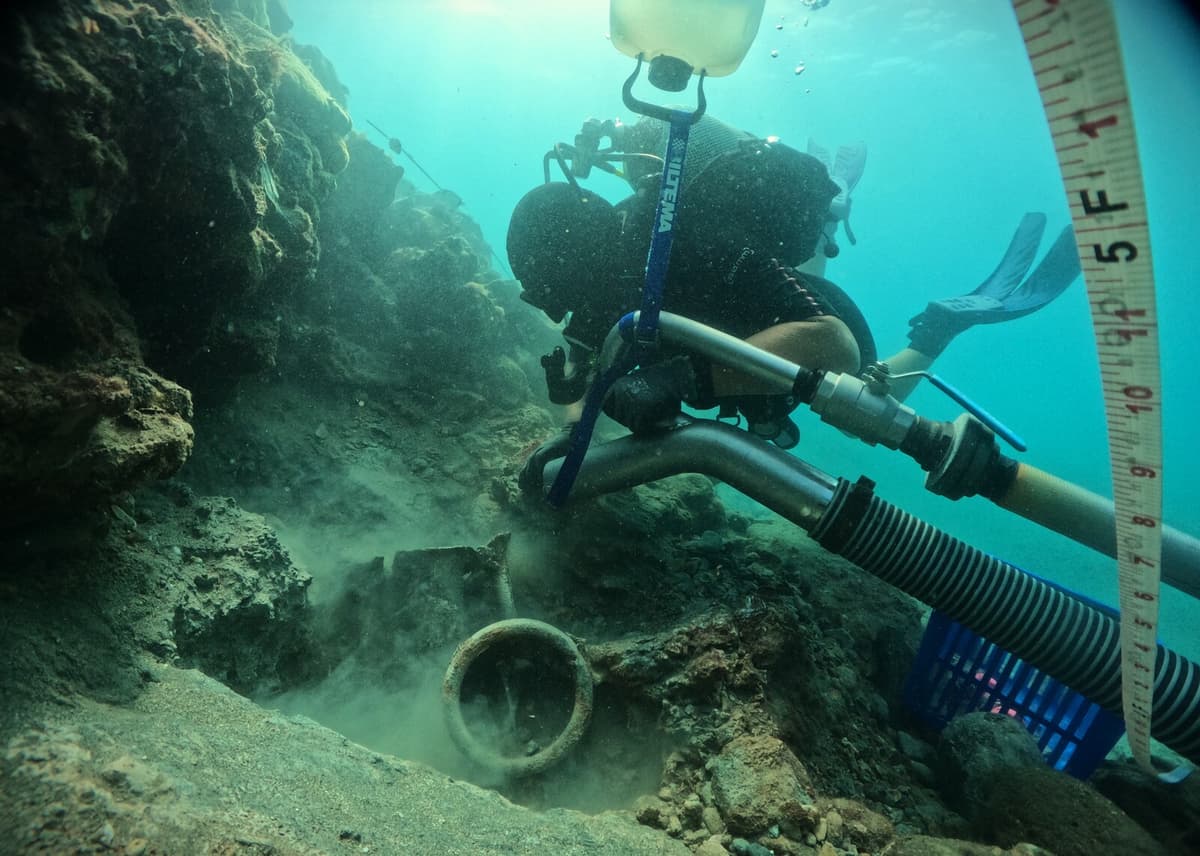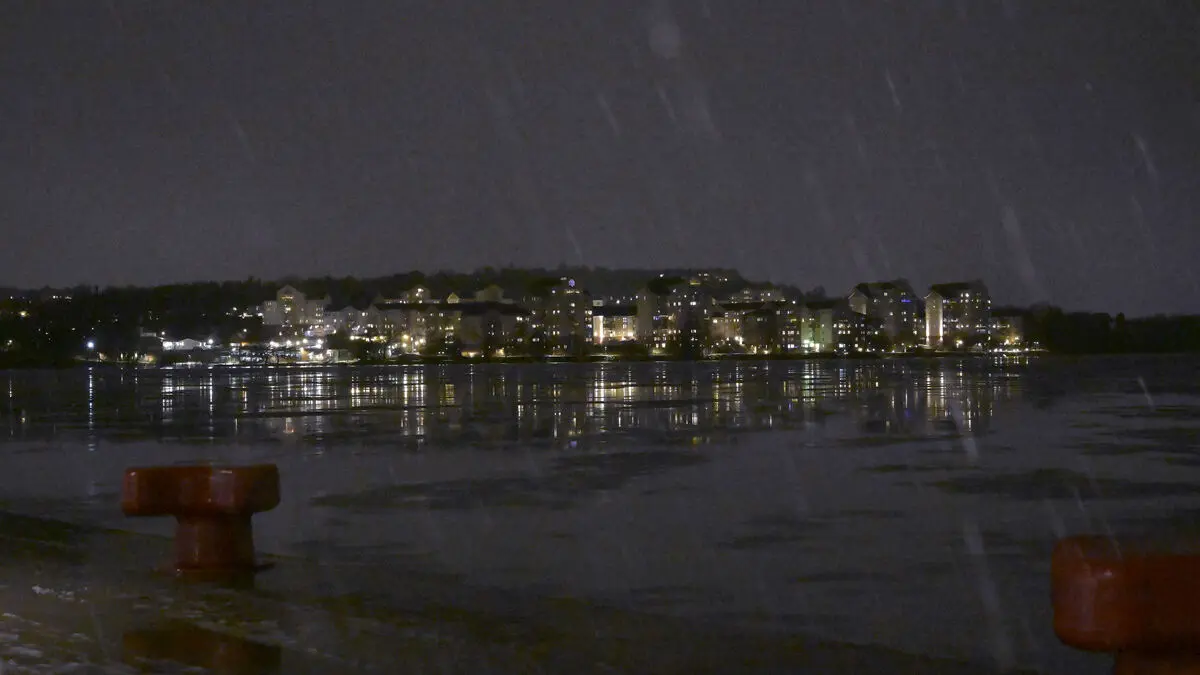Since 1922, with the participation of the then Swedish Crown Prince Gustaf Adolf, Swedish archaeologists have been investigating the excavation site Asine on the Greek peninsula of Peloponnesos. Almost from the start, there has been speculation that a harbor is hiding beneath the water surface in the area.
Through dives and excavations of the seabed during the autumn of 2024, researchers at Stockholm University, among others, have now been able to confirm that it is true.
We thought "how come nobody has seen this before?" We thought it was incredibly cool when we realized that it was actually created by humans, says Niklas Eriksson, docent in archaeology at Stockholm University and specialized in maritime archaeology.
Built above water
According to the researchers, the platform was originally built above water and may have been inhabited with small houses or huts. Due to various geological processes, it has since sunk, and the original "ground level" is now barely two meters below the surface.
It's a decently large harbor structure that stretches 70 meters from the shore and runs 140 meters along the shore.
According to Niklas Eriksson, the discovery gives a different picture of the Asine settlement, where the first signs of human activity date back to the Stone Age.
The harbor shows the contacts with the outside world and how maritime Asine is. It's kind of cool that the first time Asine is mentioned in text at all is when Asine contributes with ships to the Trojan War.
Continuing to excavate
Since Asine is built by a natural harbor, it is likely that the ships were anchored on buoys and that the stone structure was used to get ashore, he says.
The researchers do not know how old the harbor is, but are now trying to find out. They hope that parts of amphorae, clay vessels found stuck among the stones, will provide clues.
The idea is that we will continue in the autumn and dig deeper into the stone packing and hopefully find dateable ceramic fragments or other finds.
Asine was a Greek settlement in the region of Argolis, which is located on Peloponnesos, a peninsula that forms the southern part of Greece's mainland.
The site was inhabited from the late Stone Age and has had strategic significance throughout history. Remains of settlements have been found on a promontory that stretches out towards the Argolis Bay and on an adjacent hill.
Asine is mentioned, among other things, in ancient sources and was invaded in the 7th century BC by the city-state of Sparta. The oldest mention in text is from Homer's ship catalog, where Asine is mentioned as a participant in the Trojan War.
Swedish archaeologists have been investigating the site since 1922, with the participation of the then Crown Prince Gustaf Adolf, later King Gustaf VI Adolf. In the 1970s, archaeological excavations were resumed under the leadership of the Swedish Institute in Athens.
The current project is a Greek-Swedish collaboration financed by the Royal Academy of Letters and the Swedish Institute in Athens.
Source: Stockholm University





